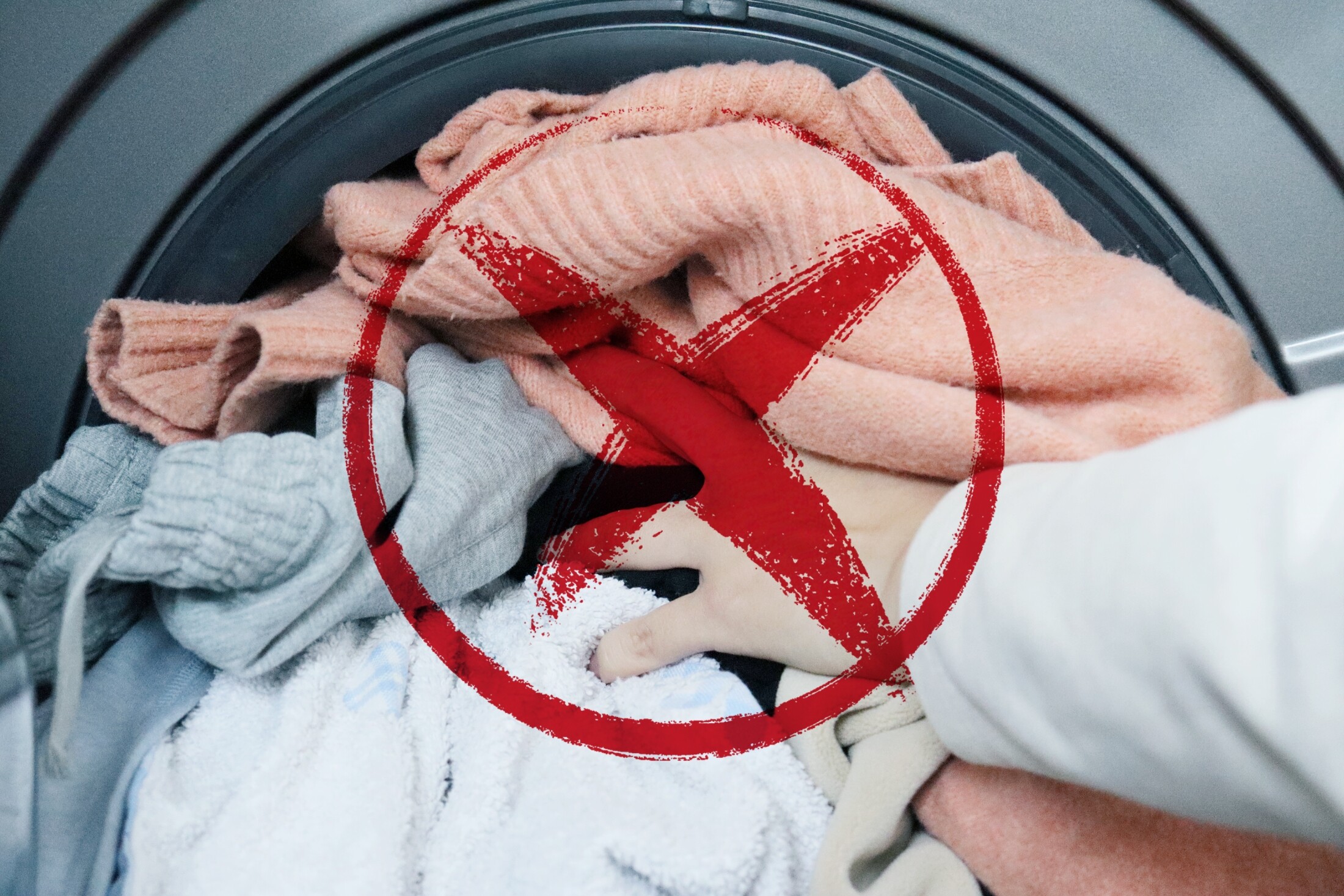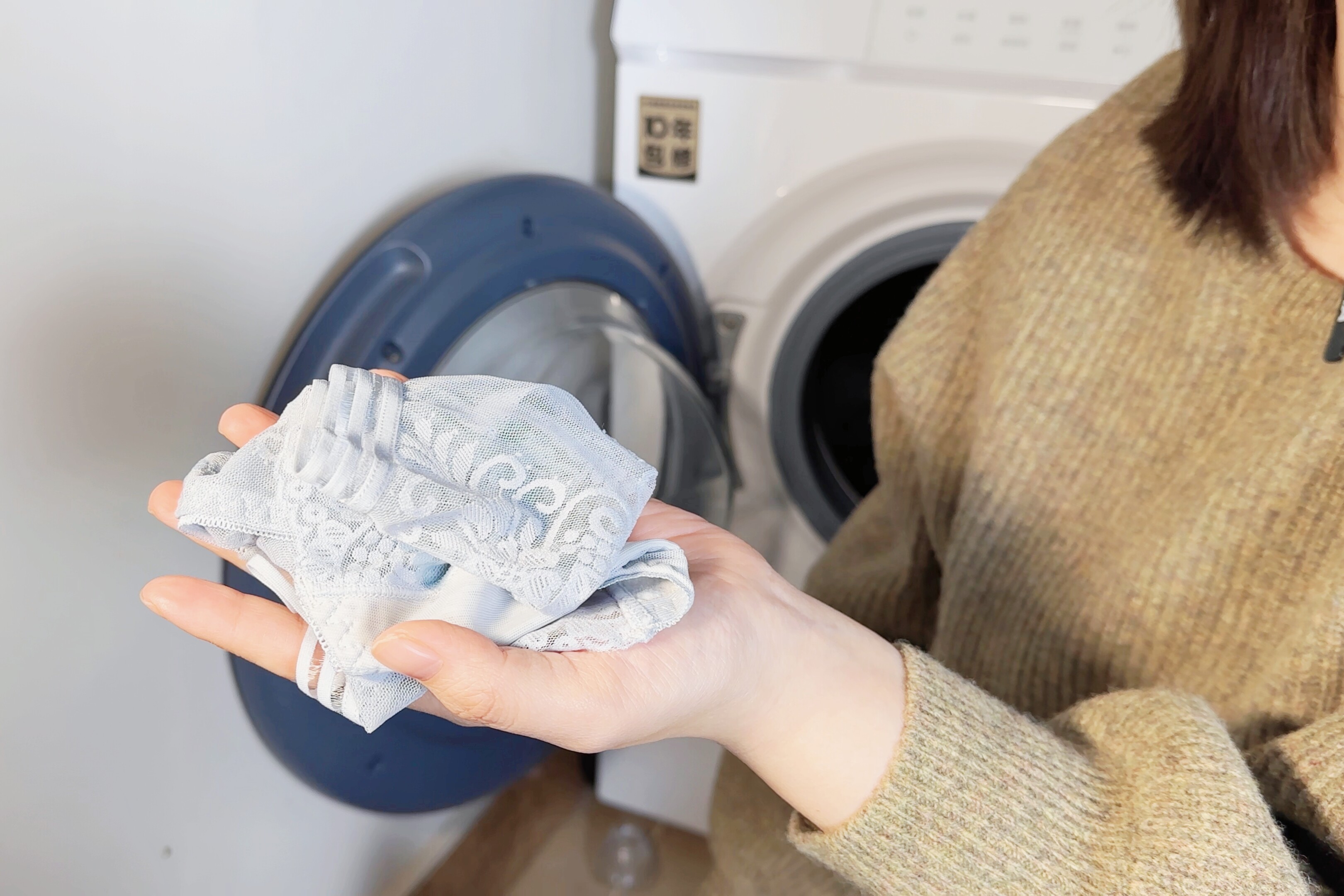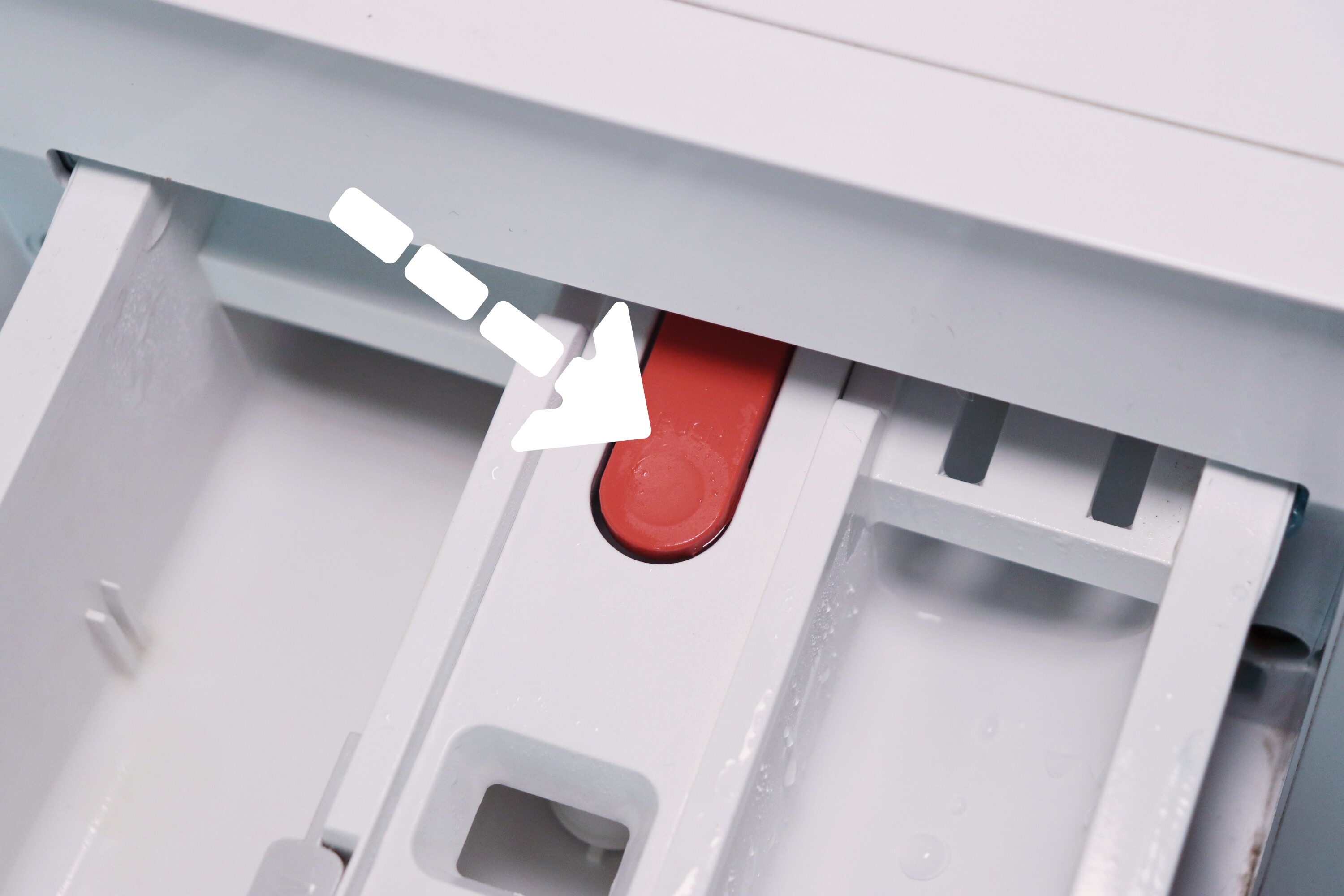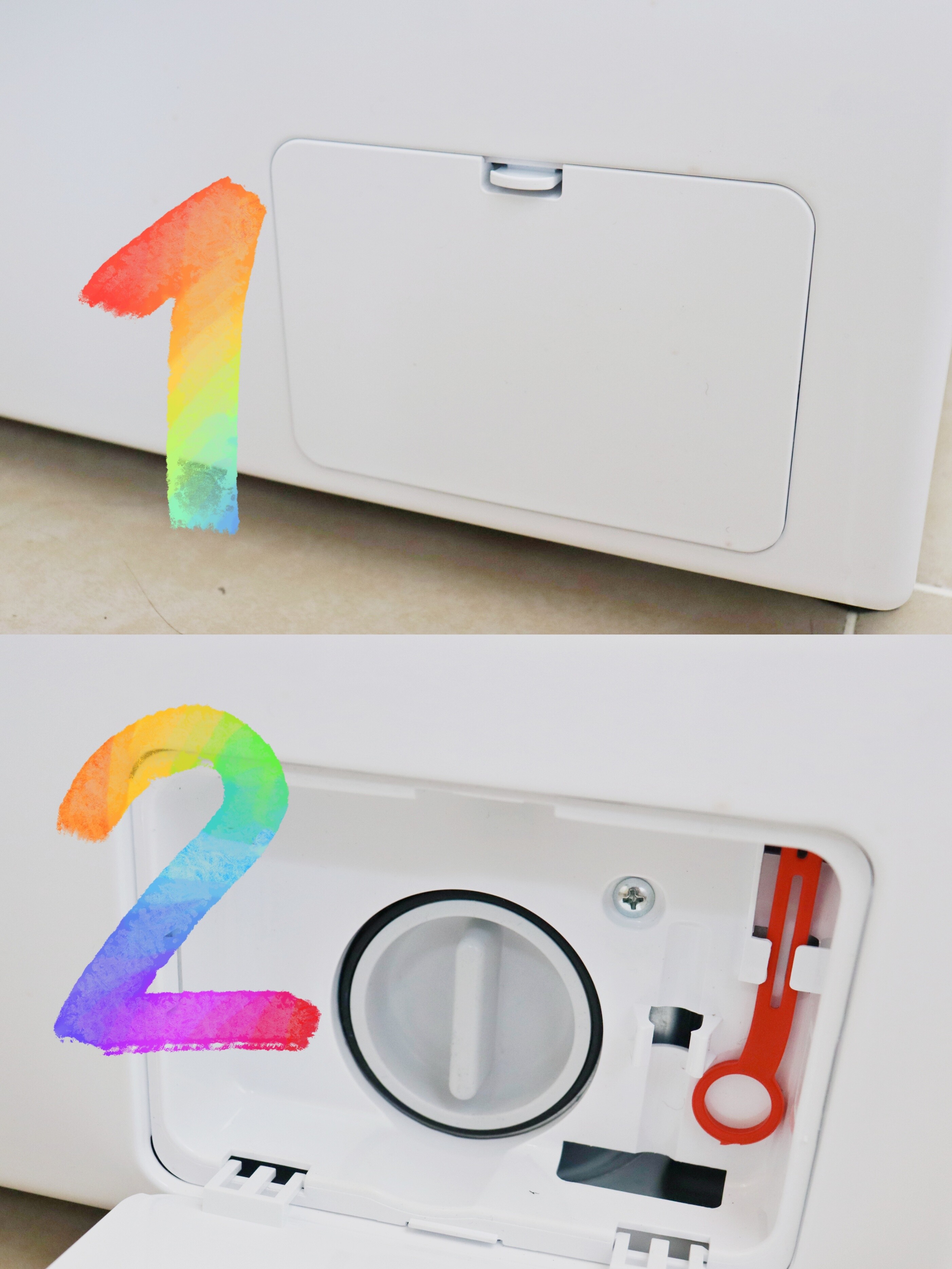It’s easy to assume that doing laundry is as simple as pushing a button and waiting, but the truth is that using a washing machine skillfully is an art that not everyone masters, even after years of use.

1. Loading clothes incorrectly
Many people think that the first step when using a washing machine – loading clothes – is simple. But even at this stage, some mistakes are commonly made:
– Overloading the machine
When loading clothes, pay attention to both volume and weight. For fabrics with low fiber density, such as silk, bamboo fiber, or polyester, focus on volume, and ensure the load does not exceed 2/3 of the drum for top-loading machines or 1/2 for front-loading ones. Overloading will result in insufficient water, leading to ineffective cleaning.
On the other hand, for thick and heavy fabrics like polyester blends, linen, or nylon, focus on weight. The control panel usually indicates the maximum weight of dry clothes, which should not be exceeded. Overloading not only affects cleaning performance but also causes motor wear.

– Underloading the machine
It is also not advisable to underload the washing machine. As a rule of thumb, the load should be at least 1/3 of the drum (for top loaders) or 1/5 (for front loaders). Avoid washing just a few pairs of socks or a single pair of underwear.
Washing machines have a minimum water level, so even with a small load, there will be excess water, causing the clothes to float and resulting in inadequate friction (in top loaders) or impact (in front loaders), leading to poor washing performance.

– Uneven distribution of clothes
Especially with top-loading machines, it is important to distribute clothes evenly in the drum. Some people tend to pile clothes on one side, which causes imbalance and creates a strong centrifugal force during spinning. As a result, the machine may vibrate excessively, make loud noises, or even damage the spinning axis.
2. Adding detergent incorrectly: It’s not as simple as you think
After loading the clothes, the next step is to add detergent. However, this is the second most common mistake.
– Pouring detergent directly into the drum
It is a mistake to pour detergent directly into the drum. This method causes the chemicals to come into direct contact with the fabric, which can lead to color fading in certain areas, as well as deep penetration of the detergent into the fibers, resulting in residue buildup and difficulty in rinsing it out completely.
The correct way is to use the detergent compartment, usually located in the upper left corner of the machine. If your machine does not have this compartment, dilute the detergent in a bucket and then pour it into the machine. Note that this only applies to liquid detergents, fabric softeners, or disinfectants. For powder or tab detergents, you can put them directly into the drum.
– Using the detergent compartment incorrectly
The detergent compartment usually has three small compartments, each with a specific function. From left to right, they are for powder detergent, fabric softener/disinfectant, and liquid detergent. If you pour the detergent into the wrong compartment, it will be dispensed at the wrong time – for example, if you mistakenly pour liquid detergent into the middle compartment (for fabric softener), it will be released during the rinse cycle, causing excessive foaming and leaving a large amount of residue.

3. Improper cleaning: Your washing machine needs a proper “bath,” too
While the washing machine is used to clean clothes, it also needs regular cleaning itself. However, many people are unaware of this or do not know the correct way to do it.
– Two “blind spots” when cleaning the machine
Front-loading washing machines have more hard-to-clean areas than top-loading ones. There are two areas that are often overlooked: First, the rubber door seal. This thick rubber strip can accumulate mold, dirt, and even coins or hairpins.
Second, the detergent compartment. After removing the tray, check the back of the tray and the inside of the compartment, as these areas tend to collect grime.
– The filter of a front-loading washing machine
The filter of a front-loading washing machine is often neglected because it is hidden inside the machine. To access it, open the square cover at the front of the machine and turn the round lock inside to remove the filter for periodic cleaning. This step is crucial for maintaining washing performance.

Location of the filter in a front-loading washing machine.
– Self-cleaning function: Don’t ignore it
Most modern washing machines have a self-cleaning function, but not everyone knows how to use it effectively. The drum has multiple layers, and while the inner surface is relatively easy to clean, the wastewater compartment at the back is difficult to access. This is where the self-cleaning function comes in handy, as it can effectively clean this area.
If your machine has a self-heating function, activating the self-cleaning mode should be sufficient. Otherwise, you can add a small amount of cleaning solution to enhance the cleaning effect.
The Ultimate Guide to Washing Machine Woes: Why Your Clothes Are Never Truly Clean
Developing bad habits when using your washing machine can be detrimental to both your clothes and the appliance itself. Many people are unaware that their laundry routines may be doing more harm than good. These habits can result in musty, unclean clothes and can also cause malfunctions and reduce the lifespan of your machine.






































